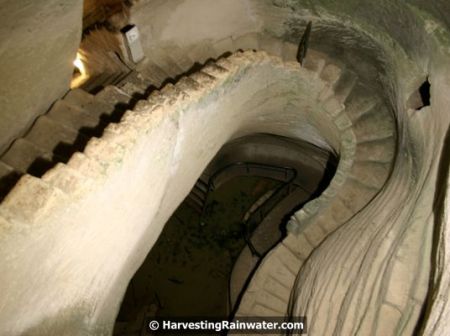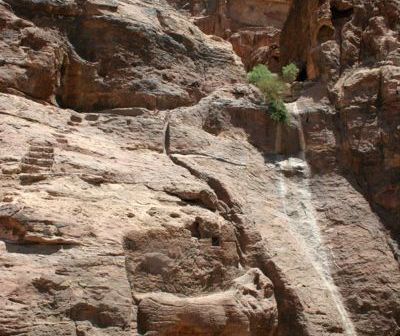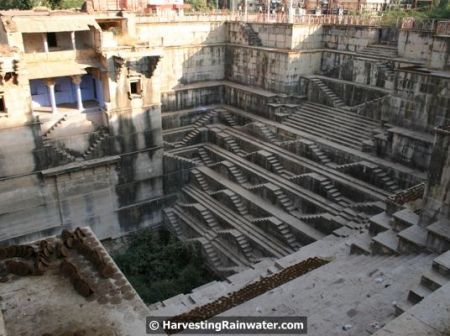Images of Ancient Water-Harvesting Art
by Brad Lancaster © 2011
www.HarvestingRainwater.com
There is a tradition of harvesting rainwater in all human-inhabited drylands of the world where it rains (and a great many wet areas that also experience dry seasons). I’ve been very lucky to have been able to travel to, and learn from, some of them.
Below are three images. One from Israel. One from Jordan. One from India. If you are traveling to any of these countries, I highly recommend you seek these sites out. They are all open to the public, and you can find them via the information I give in the captions of these and many more images in the Ancient Water Harvesting Art image gallery.
What I find consistent in surviving ancient water-harvesting systems is their beauty and the incredible quality of work. What I am most drawn to is the example set by ancient dryland cultures who strove to harvest and enhance their local waters, their local rainwater, and their local runoff, all while living within the limits of their local waters — in a way that enhanced their watershed community without draining and degrading others. We today have much to learn from that.
These ancient water-harvesting systems typically deposit rainwater into the watershed, which in turn tends to feed aquifers, springs, creeks, and rivers. So over time there is more water. More cycles in the hydrologic cycle, with gravity powering the system.
Modern pumped and piped water systems typically extract water from the watershed, which in turn often drains aquifers, springs, creeks and rivers. So over time there is less water. Fewer cycles in the hydrologic cycle, with fossil fuels powering the system.
For more case studies and how-to information on strategies that enhance our watersheds and watercycles…
See the new, full-color, revised editions of Brad’s award-winning books
– available a deep discount, direct from Brad:

Volume 1




